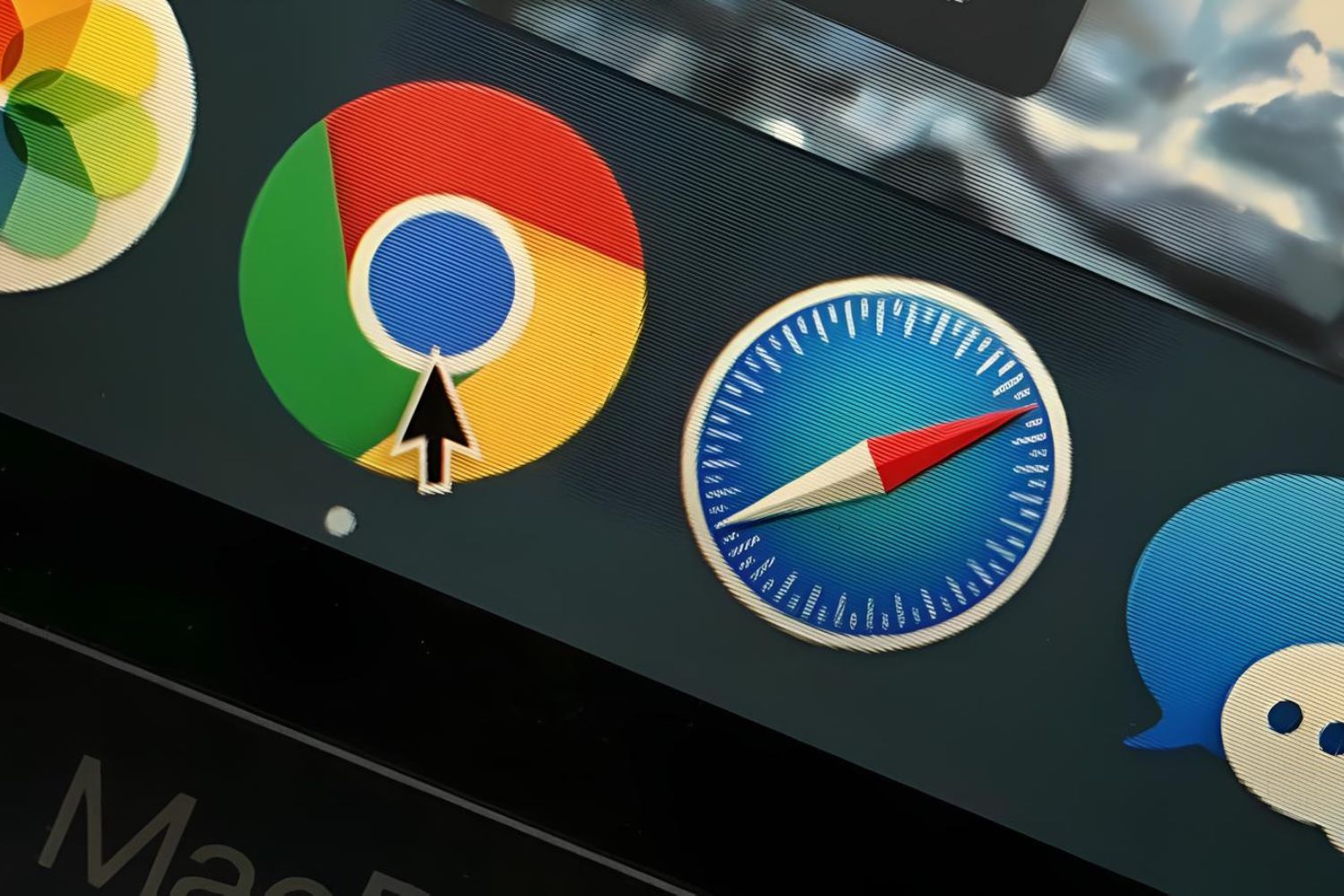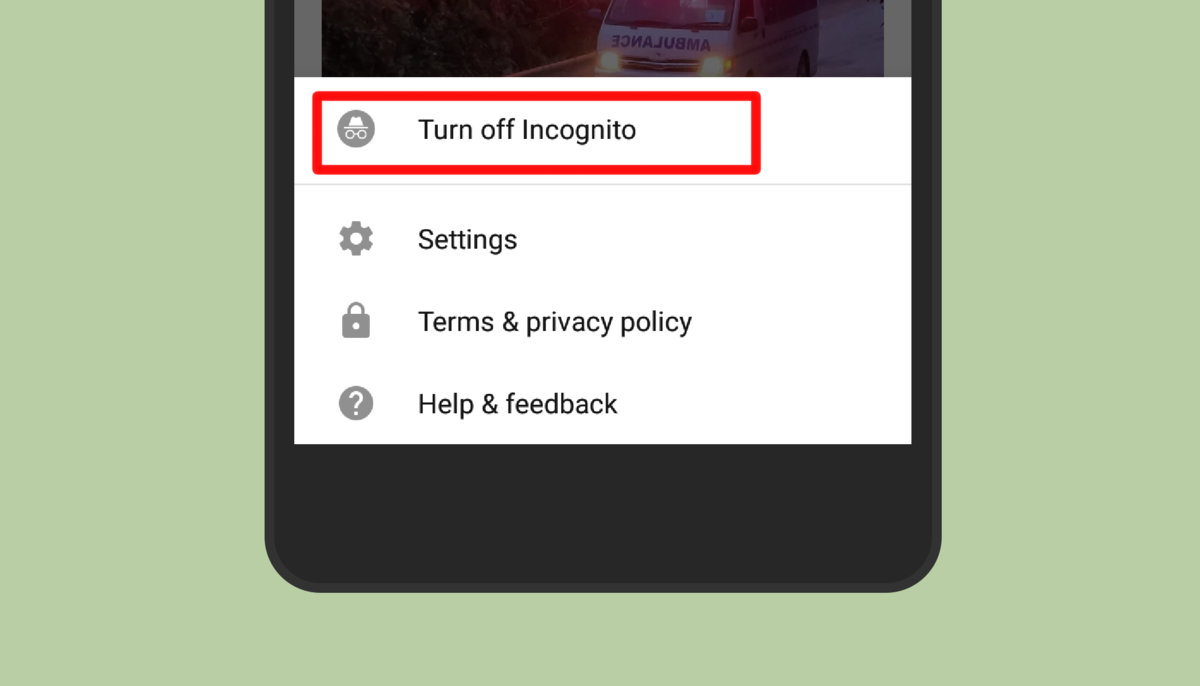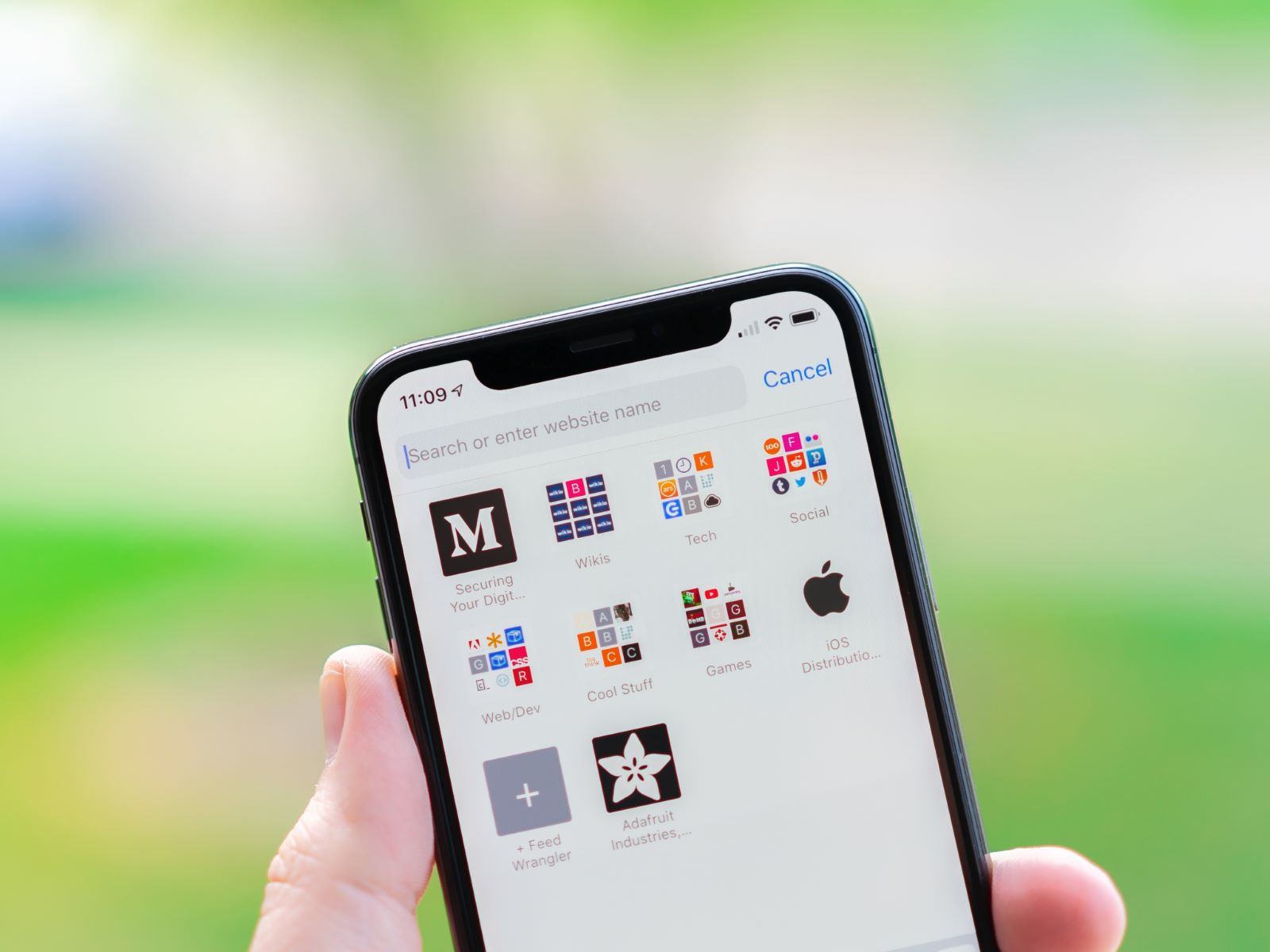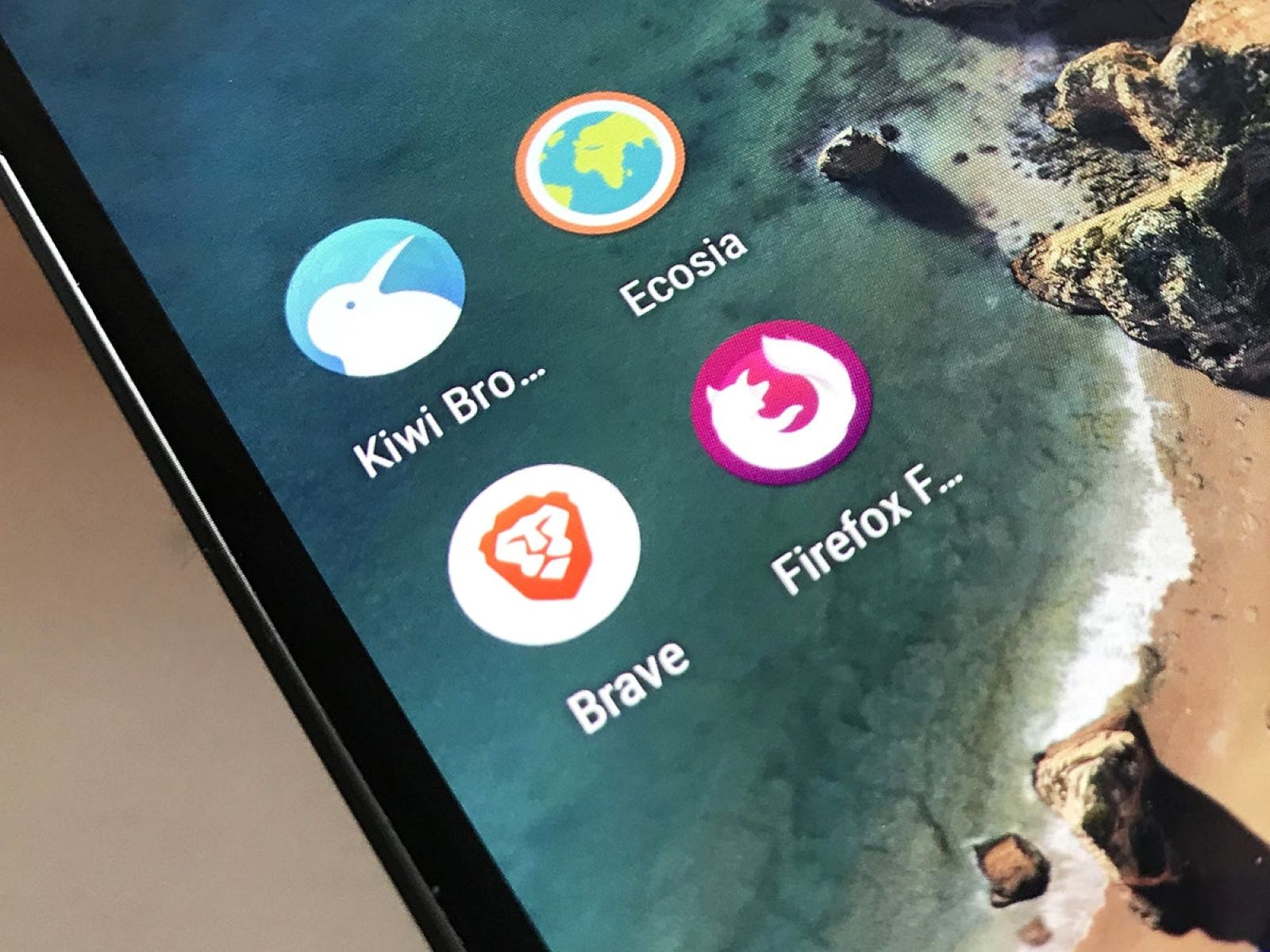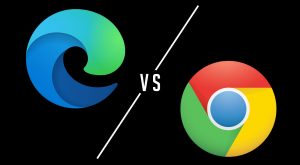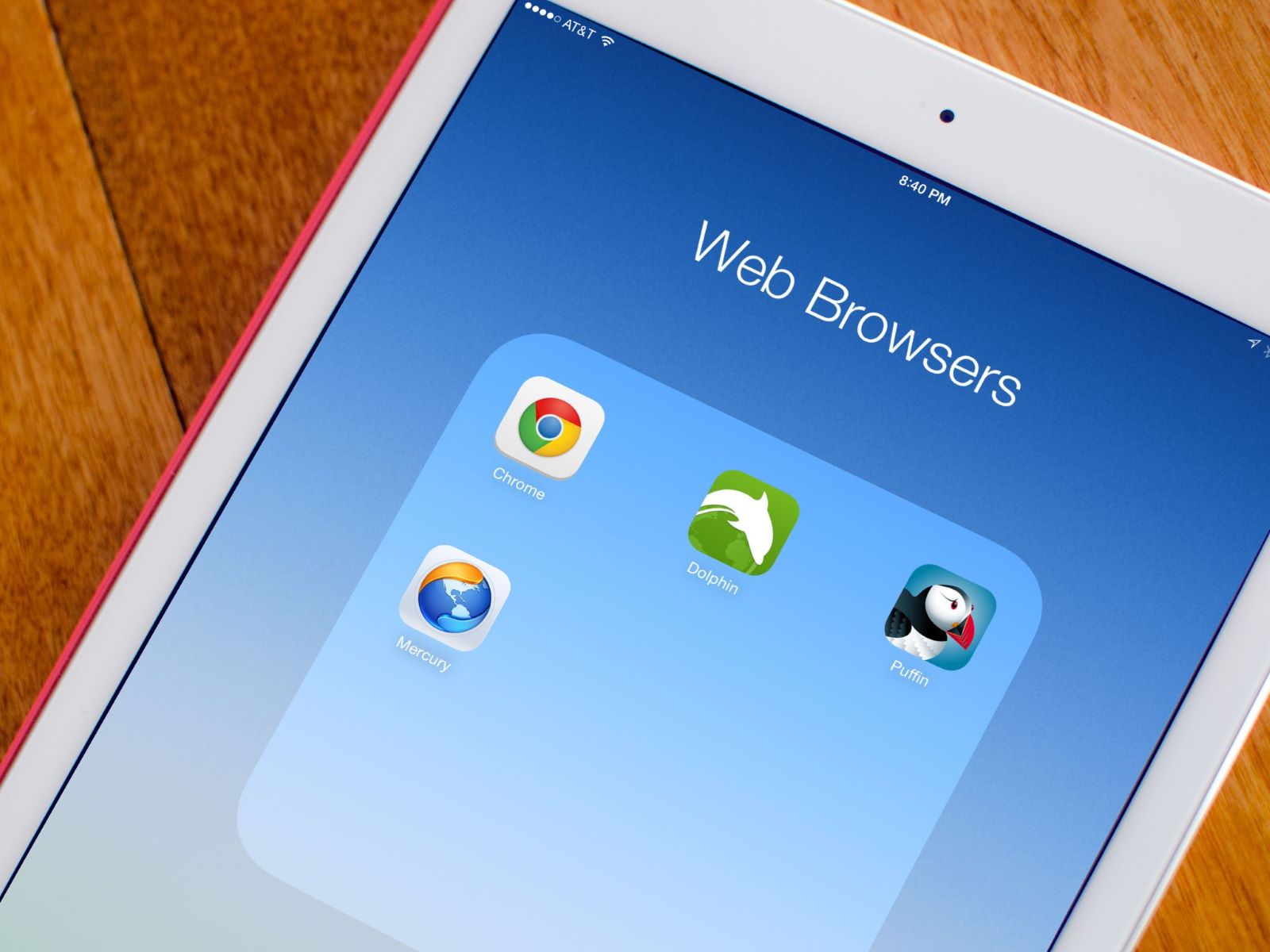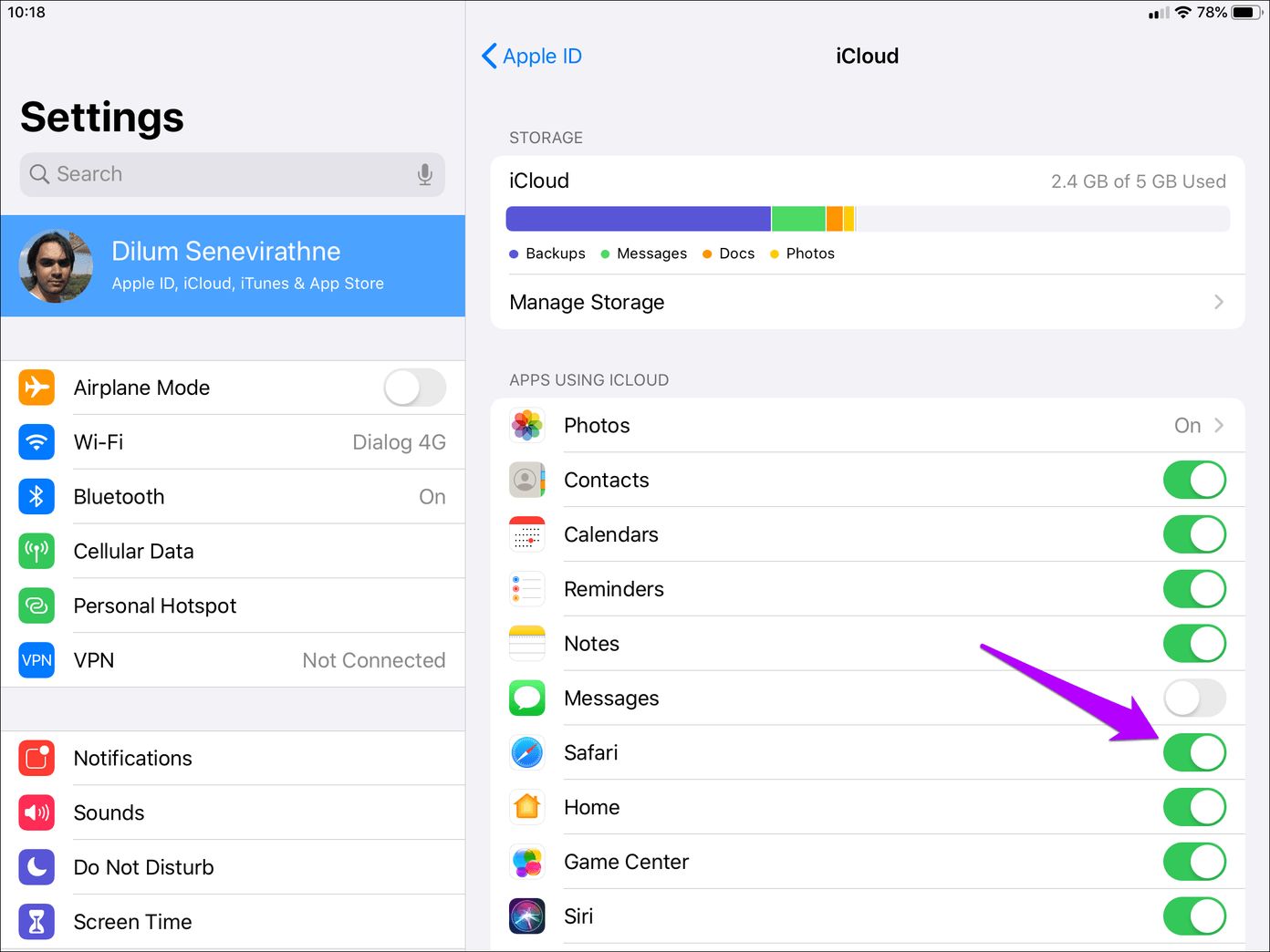Introduction
When it comes to web browsing, the choice of a browser can significantly impact your online experience. With a plethora of options available, two of the most popular browsers are Google Chrome and Safari. Both have their unique features and loyal user bases, making it essential to understand their strengths and weaknesses before making a decision.
Google Chrome, developed by tech giant Google, has gained widespread popularity due to its speed, simplicity, and seamless integration with various Google services. On the other hand, Safari, developed by Apple, is known for its sleek design, energy efficiency, and deep integration with the Apple ecosystem.
In this article, we will delve into a comprehensive comparison of Google Chrome and Safari, exploring various aspects such as user interface, performance, security, privacy, customization, and compatibility. By examining these key factors, readers will gain valuable insights into the strengths and limitations of each browser, ultimately helping them make an informed choice based on their specific needs and preferences. Let's embark on this journey to unravel the nuances of Google Chrome and Safari, shedding light on which browser may be the better fit for your browsing needs.
User Interface
The user interface of a web browser plays a pivotal role in shaping the overall browsing experience. Google Chrome and Safari, both renowned for their sleek and intuitive designs, offer distinct user interfaces that cater to different user preferences.
Google Chrome:
Upon launching Google Chrome, users are greeted with a clean and minimalist interface. The browser's tab management system is a standout feature, allowing users to easily navigate between multiple tabs and organize them with efficiency. The address bar, or omnibox, serves as a multi-functional tool, enabling users to perform searches, enter website addresses, and access bookmarks and history seamlessly. The overall layout of Chrome is designed to prioritize simplicity and ease of use, making it an ideal choice for users who value a clutter-free browsing experience.
Safari:
Safari, known for its elegant and visually appealing design, offers a user interface that seamlessly integrates with the Apple ecosystem. The browser's interface is characterized by its smooth and fluid transitions, providing a visually pleasing experience for users. Safari's tab management system is intuitive, allowing users to navigate between tabs effortlessly. Additionally, Safari's unified smart search field simplifies the process of entering website addresses and conducting searches, enhancing the overall user experience.
In terms of customization, both browsers offer a range of options to personalize the user interface according to individual preferences. Google Chrome provides a variety of themes and extensions that allow users to customize the browser's appearance and functionality. Similarly, Safari offers customization options, allowing users to tailor the browser to their liking through themes and extensions.
Ultimately, the choice between Google Chrome and Safari in terms of user interface boils down to personal preference. While Google Chrome emphasizes simplicity and efficiency, Safari excels in providing a visually captivating and seamlessly integrated interface. Whether you prioritize a clean and straightforward design or a visually engaging browsing experience, both browsers offer compelling user interfaces tailored to different user preferences.
Performance
Performance is a critical aspect of a web browser, directly impacting the speed, responsiveness, and overall efficiency of the browsing experience. When comparing the performance of Google Chrome and Safari, several key factors come into play, influencing the browsing speed, resource utilization, and overall responsiveness of the browsers.
Google Chrome:
Google Chrome has long been lauded for its exceptional performance, particularly in terms of speed and responsiveness. The browser's V8 JavaScript engine, developed by Google, is renowned for its efficiency in executing JavaScript code, resulting in swift loading times for web pages and web applications. Chrome's multi-process architecture, where each tab operates as a separate process, contributes to its stability and responsiveness, preventing a single tab or web application from causing the entire browser to crash.
Furthermore, Chrome's efficient memory management ensures that system resources are utilized optimally, leading to a smooth and seamless browsing experience even when multiple tabs are open. The browser's performance is further enhanced by its support for hardware acceleration, leveraging the computer's GPU to accelerate graphics-intensive tasks, such as rendering videos and animations, thereby improving overall performance.
Safari:
Safari, as the default browser on Apple devices, is optimized to deliver exceptional performance while maintaining energy efficiency. The browser's Nitro JavaScript engine is designed to execute JavaScript code with remarkable speed, resulting in swift page loading and responsive web applications. Safari's integration with the macOS and iOS ecosystems allows it to leverage system resources efficiently, contributing to its overall performance and responsiveness.
Moreover, Safari's focus on energy efficiency ensures that the browser minimizes battery consumption on Apple devices, making it an ideal choice for users who prioritize extended battery life without compromising browsing speed and responsiveness.
In terms of performance, both Google Chrome and Safari excel in delivering swift page loading, responsive web applications, and efficient resource utilization. While Chrome is renowned for its speed, stability, and support for hardware acceleration, Safari stands out for its energy efficiency and seamless integration with the Apple ecosystem, making it a compelling choice for users of Apple devices.
Ultimately, the choice between Google Chrome and Safari in terms of performance depends on individual preferences and the specific requirements of users. Whether prioritizing raw speed, stability, or energy efficiency, both browsers offer impressive performance capabilities, catering to a diverse range of user needs and preferences.
Security
Security is a paramount consideration in the realm of web browsing, as it directly impacts the protection of sensitive data, privacy, and overall online safety. When evaluating the security features of Google Chrome and Safari, it becomes evident that both browsers prioritize robust security measures to safeguard users from potential threats and vulnerabilities.
Google Chrome:
Google Chrome is renowned for its strong emphasis on security, backed by continuous updates and proactive measures to mitigate potential risks. The browser's built-in security features, such as Safe Browsing, provide real-time protection against phishing sites and malicious downloads, effectively warning users before they access harmful content. Additionally, Chrome's sandboxing technology isolates individual tabs and processes, preventing malware from spreading across the browser and compromising system integrity.
Furthermore, Chrome's automatic updates ensure that users are equipped with the latest security patches and enhancements, addressing known vulnerabilities and bolstering the browser's resilience against emerging threats. The browser's robust encryption protocols and support for modern security standards contribute to a secure browsing environment, instilling confidence in users regarding the protection of their sensitive information and online activities.
Safari:
Safari, as the default browser on Apple devices, is designed with a strong focus on security and privacy. The browser's Intelligent Tracking Prevention feature mitigates cross-site tracking, safeguarding user privacy and preventing unauthorized data collection by third-party entities. Safari's integration with the iCloud Keychain offers seamless password management and encryption, ensuring that user credentials are securely stored and synchronized across Apple devices.
Moreover, Safari's approach to sandboxing and process isolation enhances the browser's resilience against potential exploits and malware, minimizing the impact of security vulnerabilities on system integrity. The browser's strict adherence to industry-standard encryption protocols and secure connection standards further reinforces its commitment to providing a secure and trustworthy browsing experience for users.
In essence, both Google Chrome and Safari prioritize security as a fundamental aspect of their browsing experience, offering robust features and proactive measures to protect users from online threats and privacy risks. Whether it's Chrome's real-time phishing protection and automatic updates or Safari's emphasis on privacy preservation and secure password management, both browsers are dedicated to fostering a secure and resilient online environment for their users.
Ultimately, the choice between Google Chrome and Safari in terms of security hinges on individual preferences and the specific security features that align with users' priorities. Whether prioritizing real-time threat protection, privacy preservation, or seamless password management, both browsers offer compelling security capabilities, catering to diverse user needs and preferences.
Privacy
Privacy is a fundamental concern in today's digital landscape, with users increasingly seeking assurance that their online activities and personal data are safeguarded from unauthorized access and exploitation. When evaluating the privacy features of Google Chrome and Safari, it becomes evident that both browsers are committed to addressing privacy concerns through a range of proactive measures and user-centric features.
Google Chrome:
Google Chrome places a strong emphasis on user privacy, aiming to provide transparency and control over data collection and tracking. The browser's Privacy and Security settings offer users the ability to customize their privacy preferences, enabling them to manage cookies, control site permissions, and configure content settings according to their preferences. Additionally, Chrome's built-in ad and tracker blocking feature enhances user privacy by mitigating intrusive tracking and targeted advertising, thereby fostering a more private and personalized browsing experience.
Furthermore, Chrome's integration with Google's Privacy Sandbox initiative underscores the browser's commitment to advancing privacy-centric technologies. The Privacy Sandbox aims to develop privacy-preserving solutions for online advertising, ensuring that user data is protected while still enabling relevant and personalized ad experiences. This initiative reflects Chrome's proactive approach to addressing privacy concerns within the realm of online advertising, striving to strike a balance between user privacy and personalized content delivery.
Safari:
Safari, known for its strong stance on privacy, incorporates robust features to protect user data and mitigate tracking across the web. The browser's Intelligent Tracking Prevention (ITP) feature is designed to prevent cross-site tracking, limiting the ability of advertisers and third-party entities to track user behavior across different websites. This proactive measure enhances user privacy by minimizing the collection of personal data for targeted advertising and tracking purposes, fostering a more private and secure browsing experience.
Moreover, Safari's Privacy Report feature provides users with insights into the trackers that have been blocked, offering transparency regarding the browser's efforts to protect user privacy. This visibility empowers users to make informed decisions about their online activities and reinforces Safari's commitment to prioritizing user privacy and data protection.
In essence, both Google Chrome and Safari are dedicated to addressing privacy concerns through user-centric features and proactive measures. Whether it's Chrome's customizable privacy settings and ad blocking capabilities or Safari's Intelligent Tracking Prevention and Privacy Report feature, both browsers strive to empower users with greater control over their online privacy and data protection.
Ultimately, the choice between Google Chrome and Safari in terms of privacy hinges on individual preferences and the specific privacy features that align with users' priorities. Whether prioritizing customizable privacy controls, ad and tracker blocking, or proactive tracking prevention, both browsers offer compelling privacy capabilities, catering to diverse user needs and preferences.
Customization
Customization plays a pivotal role in shaping the browsing experience, allowing users to tailor their web browser according to their preferences and requirements. When comparing the customization capabilities of Google Chrome and Safari, it becomes evident that both browsers offer a range of options to personalize the browsing experience, encompassing themes, extensions, and settings customization.
Google Chrome, renowned for its flexibility and extensibility, provides users with a diverse array of themes and extensions that enable them to customize the browser's appearance and functionality. The Chrome Web Store serves as a hub for a myriad of extensions, offering tools for productivity, ad blocking, security enhancements, and various other functionalities. These extensions empower users to augment the browser with features that align with their specific needs, whether it's enhancing productivity, streamlining workflows, or bolstering security measures. Additionally, Chrome's theme gallery offers a selection of visually appealing themes, allowing users to personalize the browser's appearance to reflect their individual style and preferences.
Similarly, Safari offers customization options that enable users to tailor the browser to their liking. The Safari Extensions Gallery provides a curated collection of extensions that cater to diverse user needs, ranging from content blockers and productivity tools to entertainment and social media enhancements. These extensions empower users to augment Safari with additional features and functionalities, enhancing the overall browsing experience. Furthermore, Safari's settings allow users to customize various aspects of the browser, including privacy and security preferences, content settings, and website-specific configurations, providing users with control over their browsing environment.
In essence, both Google Chrome and Safari offer robust customization capabilities, empowering users to personalize their browsing experience according to their preferences and requirements. Whether it's Chrome's extensive library of extensions and themes or Safari's curated collection of extensions and settings customization, both browsers cater to diverse user needs, fostering a tailored and personalized browsing experience.
Ultimately, the choice between Google Chrome and Safari in terms of customization hinges on individual preferences and the specific customization options that align with users' browsing habits and requirements. Whether prioritizing a rich selection of extensions, visually appealing themes, or granular settings customization, both browsers offer compelling customization capabilities, catering to diverse user needs and preferences.
Compatibility
Compatibility is a crucial aspect to consider when evaluating web browsers, as it directly impacts the seamless integration of the browser with various websites, web applications, and online services. When comparing the compatibility of Google Chrome and Safari, it is essential to assess how each browser aligns with industry standards, web technologies, and cross-platform functionality.
Google Chrome, known for its robust support for modern web standards and technologies, excels in ensuring broad compatibility with a diverse range of websites and web applications. The browser's adherence to W3C standards and comprehensive support for HTML5, CSS3, and JavaScript empowers users to access and interact with a wide array of web content without encountering compatibility issues. Furthermore, Chrome's extensive developer tools and debugging capabilities contribute to its compatibility with web development frameworks and technologies, enabling developers to create and optimize web content for seamless integration with the browser.
Safari, as the default browser on Apple devices, is designed to seamlessly integrate with the macOS and iOS ecosystems, offering a cohesive browsing experience across Apple platforms. The browser's compatibility with Apple's web technologies, such as WebKit and WebKit2, ensures that web content is rendered and executed optimally within the Apple ecosystem, providing users with a consistent and reliable browsing experience. Additionally, Safari's support for industry-standard web technologies and emerging web standards contributes to its compatibility with a wide range of websites and web applications, aligning with the evolving landscape of web development and design.
In essence, both Google Chrome and Safari prioritize compatibility by ensuring robust support for industry standards, web technologies, and cross-platform functionality. Whether it's Chrome's comprehensive support for modern web standards or Safari's seamless integration with the Apple ecosystem, both browsers are dedicated to fostering broad compatibility with diverse web content and online services.
Ultimately, the choice between Google Chrome and Safari in terms of compatibility hinges on individual preferences and the specific compatibility requirements of users. Whether prioritizing broad support for web standards, cross-platform functionality, or seamless integration with the Apple ecosystem, both browsers offer compelling compatibility capabilities, catering to diverse user needs and preferences.
Conclusion
In conclusion, the comparison between Google Chrome and Safari reveals a nuanced landscape of strengths and capabilities, catering to diverse user preferences and requirements. Both browsers offer compelling features and functionalities, each excelling in distinct areas while addressing the fundamental aspects of user interface, performance, security, privacy, customization, and compatibility.
Google Chrome stands out for its clean and minimalist user interface, emphasizing simplicity and efficiency. The browser's robust performance, characterized by swift page loading, stability, and support for hardware acceleration, positions it as a top choice for users seeking speed and responsiveness. Chrome's strong focus on security, privacy, and extensive customization options further solidify its position as a versatile and feature-rich browser, empowering users with control and flexibility.
On the other hand, Safari's visually captivating user interface, seamless integration with the Apple ecosystem, and emphasis on energy efficiency make it an appealing choice for users immersed in the Apple ecosystem. The browser's exceptional performance, privacy-centric features, and compatibility with industry standards underscore its commitment to delivering a secure, private, and cohesive browsing experience across Apple platforms.
Ultimately, the choice between Google Chrome and Safari hinges on individual preferences, specific requirements, and the ecosystem within which users operate. Whether prioritizing speed, simplicity, and extensive customization options offered by Chrome or seeking a visually engaging, privacy-focused, and seamlessly integrated browsing experience provided by Safari, both browsers cater to a diverse range of user needs and preferences.
It's important for users to consider their unique browsing habits, device ecosystems, and priorities when selecting a browser. Whether it's the seamless integration with Apple devices, the extensive support for web standards, or the robust security and privacy features, both Google Chrome and Safari offer compelling options, ensuring that users can navigate the web with confidence and efficiency, tailored to their individual preferences.







